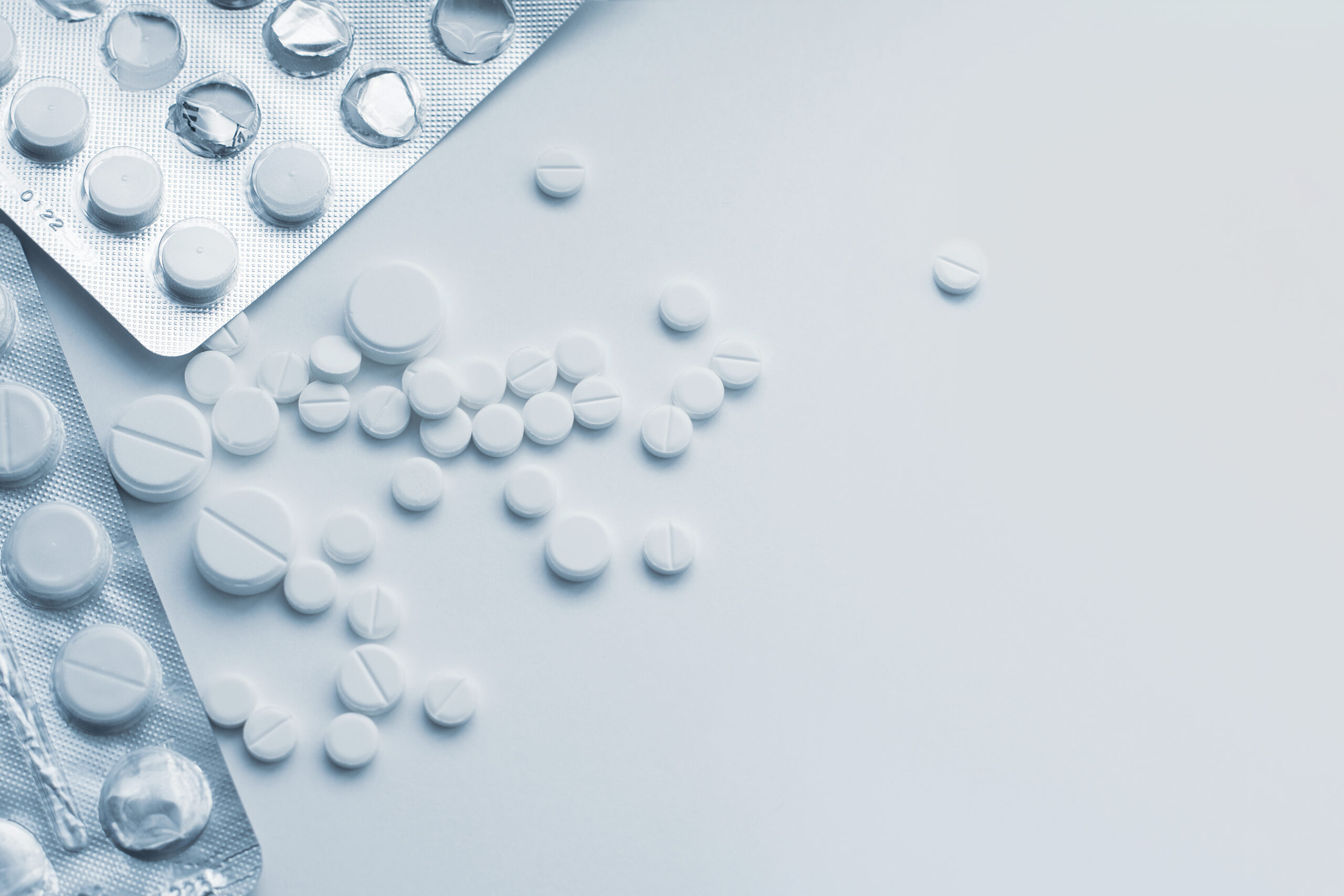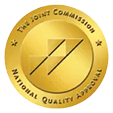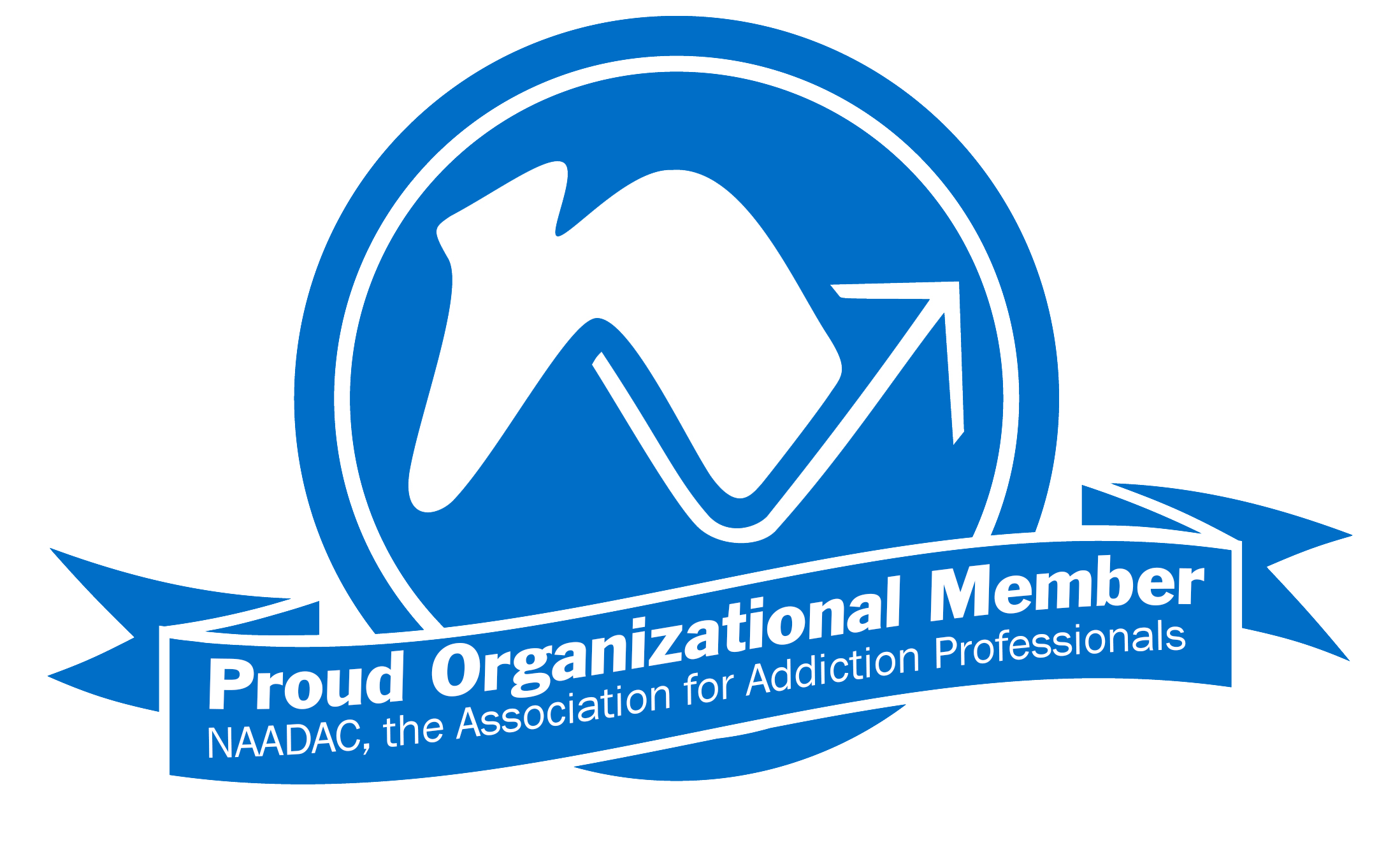Random drug and alcohol testing is a requirement for many safety-sensitive professions. Pilots and other transportation professionals must be tested regularly to ensure they are fit for duty. When professionals are in treatment for a drug or alcohol addiction, random testing can also help reinforce their progress in recovery. Professional laboratory monitoring helps ensure testing is performed for pilots, physicians, and other professionals in addiction treatment and that it is effective.
Random Testing and Treatment Programs
Safety-sensitive employees are tested randomly as part of their job. However, drug testing to monitor patients in a substance use disorder treatment program began well before workplace drug testing and has become an integral part of those treatment programs for evaluation and monitoring purposes.
Random testing in a treatment program for drug or alcohol addiction can be instrumental as:
- Part of the initial assessment of a patient being evaluated for a diagnosis of a substance use disorder
- A screen to prevent potential adverse effects of pharmacotherapy (e.g., opioid screen prior to starting naltrexone)
- A component of the treatment plan for a substance use disorder
- A way to monitor the patient’s use of illicit substances or adherence to pharmacotherapy treatment for substance use disorders
- A way to assess the effectiveness of the treatment plan (i.e., level of care).
Requirements and Results
Drug testing can also be used to document abstinence for legal matters, disability determinations, custody disputes, or reinstatement in certain professions (e.g., lawyers, healthcare providers, airline pilots). When the professional is in a treatment program, the testing may be required by their employer, a medical board, or the court to prove their continued abstinence from the drugs or alcohol.
Professional laboratory monitoring has been proven effective in helping pilots, physicians, and other professionals in safety-sensitive positions sustain recovery. Those who participate in the monitoring program have a higher recovery rate over those in a treatment program who are not being regularly tested. In fact, 90 percent of participants in a professional laboratory monitoring program sustained their recovery after three years.
The Random Drug Test
The American Society of Addiction Medicine (ASAM) emphasizes that drug testing is appropriate during inpatient or outpatient addiction treatment. It can, in fact, be an effective therapeutic tool to assist in other behavioral therapies. Random drug testing also serves as a deterrent to drug or alcohol use and increases the likelihood of successful abstinence.
The drug test itself is designed to detect whether a particular substance has been used within a specific period of time. A biological sample is taken which is then taken for testing for the presence or absence of a substance such as drugs or alcohol. The drug test is designed to answer the question: is substance X detected in sample Y? The answer is limited to the substance or substances that are targeted by the test, the individual sample that was tested, and the detection method used by the test. If the answer is yes, the result is labeled ‘‘positive’’ and if no, the result is labeled ‘‘negative.’’ A positive drug test result indicates that the patient providing the sample had a detectable amount of the targeted substance(s) in his or her system when the sample was collected.
Urine drug testing (UDT) remains the most common method for detecting drugs in the human body, and it is based on immunoassay techniques. However, sweat, hair, nails, blood, breath, and saliva can also be used.
Role in Addiction Treatment
Professional laboratory monitoring is focused on helping the professional, including pilots, physicians, and others in safety-sensitive positions sustain their recovery from drug or alcohol addiction. It is not a tool that will be used to implicate them in a crime or to reprimand them.
As a tool for monitoring, random drug and alcohol testing has the potential to measure the performance of a patient’s substance use treatment. Studies have found that random drug testing is much more valuable in treatment and monitoring, as opposed to scheduled testing, particularly in the context of a suspected or established substance use disorder.
Professional Laboratory Monitoring at Providence
At Providence Treatment, our professional laboratory monitoring program is a key component of addiction treatment for professionals. We provide random alcohol and drug testing for each of our clients as a proven method for sustained recovery. In addition, we work with courts, as well as boards of medicine, pharmacy boards, nursing boards, and dentistry boards who use our drug and alcohol testing results to verify the professional’s abstinence from drugs or alcohol. Professionals, including pilots, physicians, first responders, and lawyers, can overcome addiction with outpatient treatment at Providence Treatment. If you need help, contact us at 484.469.9592.









